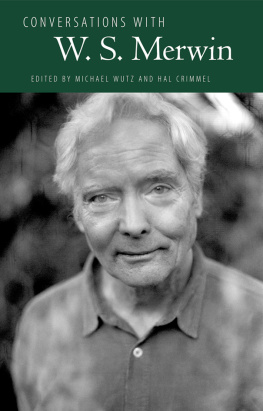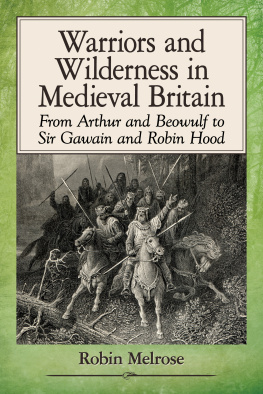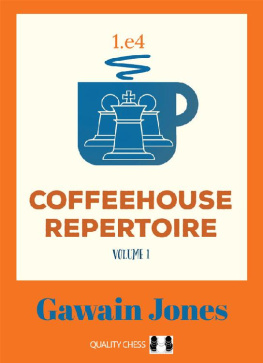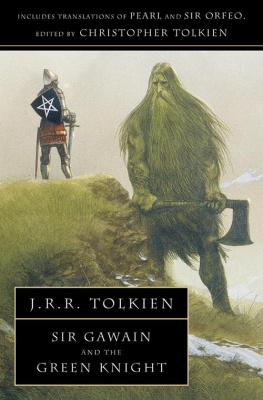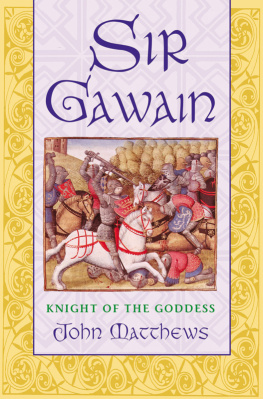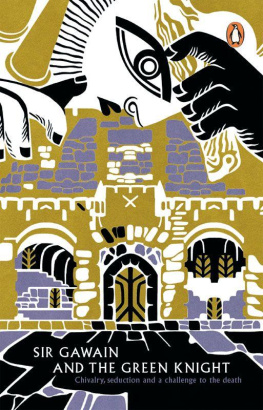Merwin - Sir Gawain and the Green Knight
Here you can read online Merwin - Sir Gawain and the Green Knight full text of the book (entire story) in english for free. Download pdf and epub, get meaning, cover and reviews about this ebook. City: New York :, Westminster, year: 2004, publisher: Knopf Doubleday Publishing Group, Knopf Imprint, Random House, Incorporated Distributor, genre: Detective and thriller. Description of the work, (preface) as well as reviews are available. Best literature library LitArk.com created for fans of good reading and offers a wide selection of genres:
Romance novel
Science fiction
Adventure
Detective
Science
History
Home and family
Prose
Art
Politics
Computer
Non-fiction
Religion
Business
Children
Humor
Choose a favorite category and find really read worthwhile books. Enjoy immersion in the world of imagination, feel the emotions of the characters or learn something new for yourself, make an fascinating discovery.

- Book:Sir Gawain and the Green Knight
- Author:
- Publisher:Knopf Doubleday Publishing Group, Knopf Imprint, Random House, Incorporated Distributor
- Genre:
- Year:2004
- City:New York :, Westminster
- Rating:4 / 5
- Favourites:Add to favourites
- Your mark:
- 80
- 1
- 2
- 3
- 4
- 5
Sir Gawain and the Green Knight: summary, description and annotation
We offer to read an annotation, description, summary or preface (depends on what the author of the book "Sir Gawain and the Green Knight" wrote himself). If you haven't found the necessary information about the book — write in the comments, we will try to find it.
Merwin: author's other books
Who wrote Sir Gawain and the Green Knight? Find out the surname, the name of the author of the book and a list of all author's works by series.
Sir Gawain and the Green Knight — read online for free the complete book (whole text) full work
Below is the text of the book, divided by pages. System saving the place of the last page read, allows you to conveniently read the book "Sir Gawain and the Green Knight" online for free, without having to search again every time where you left off. Put a bookmark, and you can go to the page where you finished reading at any time.
Font size:
Interval:
Bookmark:
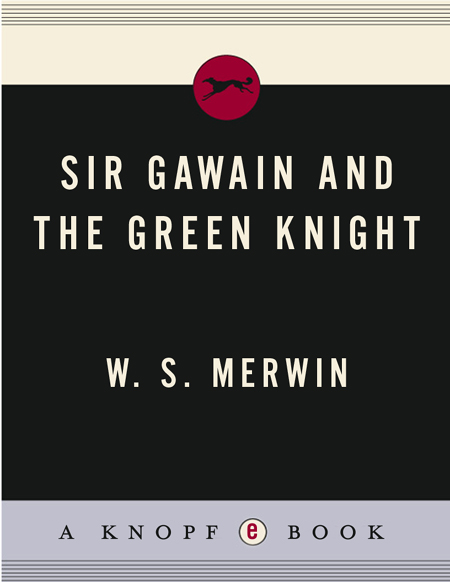
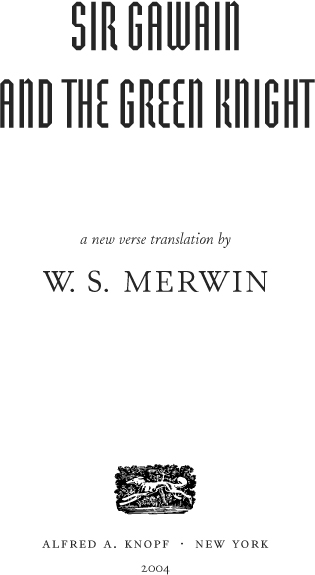
Some of them, no doubt, were no longer current by the time the author of the present poem, whoever he or she may have been, put it into the form and words that have come down to us. We do not know the poet's name, and cannot say for certain when the poem was composed. All we have is internal evidence from a single manuscript that was found, early in the nineteenth century, by J. P. Gilson of the British Museum. It had been in the library of an Elizabethan bibliophile, Henry Savile (15681617) of Yorkshire, and had been acquired by a later collector, Sir Robert Cotton.
The manuscript (now known as MS Cotton Nero A, Art. 3) contains three other poems, all in the same fine, precise, slightly ornate script. Scholars believe that the writing dates from around 1400. It is the hand of someone used to writing, which suggests a cleric or someone resident in a monastery, or at least trained by priests. The other three poems in the same manuscript, Purity, Patience, and Pearl, use their stories as vehicles of Christian exhortation and piety. We do not know that the person who copied out the four poems had actually composed any of them, or that they had all been written by the same poet, but from stylistic and temperamental affinities in them, most scholars have concluded that the same gifted person was the author of all of them.
If it was around 1400 that they were written out into one manuscript, either by the author or by a copyist, they must have been in existence for some time before that, through the later years of the fourteenth century, a hundred years before Columbus's fateful voyage. So they may have been written during Chaucer's lifetime, but scholars agree that Chaucer probably never knew any of them. The language of the poems is highly sophisticated, and they display a telling mastery of poetic and narrative form; yet they seem more archaic, more remote from modern English, than anything in Chaucer. The difference is one of place rather than of time. Chaucer's language and his poetic life were centered in London. The Gawain poem appears to have been written in Cheshire or Lancashire, somewhere near the Welsh marches.
The Gawain poet speaks with what seems to be firsthand familiarity of the landscape of North Wales and Wirral, as though his audience would know the region he was talking about. When Gawain rides in search of the Green Knight, He has all the isles of Anglesey to the left of him And rides across the fords between the headlands Over by Holyhead, and out on the far shore, Into the wilderness of Wirral, where there were few living Who had love at all for God or anyone. From the scholars' opinion that the same poet wrote all the poems I derive an image of him in later life making a fair copy of what he had written in earlier years. The intimate, grisly knowledge of the hunt and the familiarity with late-thirteenth-century castle architecture and armor suggest that the author was a man, though the lais of Marie de France, written in the late twelfth century, should save us from assuming that too readily. In the late nineteenth century there was disagreement among some scholars as to the chronological order in which the poems probably had been composed. They hoped to be able to derive from that progression some understanding of the poet's life.
By 1918, when Hartley Bateson published his edition of Patience, they were coming to rely on considerations of meter in the different poems to suggest the most plausible order of their composition. They concluded that Purity and Patience, written in the stressed alliterative line that was a descendant of Anglo-Saxon poetry, were the ones that had been written first. I discovered Patience when I was nineteen (it was not part of any course, which probably added to its attraction), and can remember the pleasure I took then in the tumbling diction and the vivid recounting of the tale of Jonah. A wild rolling whale, as fate would have it, That was flung up from the abyss, floated by the boat And was aware of that man as the water reached for him, And rushed to swallow him, opening his maw. The others still had hold of his feet and the fish had him, Threw him into his throat without a tooth touching him. Then swiftly he slips down to the sea bottom.
Lord! Cold was his comfort and his care huge, For his case was clear, and the woe that was upon him: From the boat into the wild waves to be snatched by a beast And flung into its throat all in a moment, Like a mote in through a minster door, so vast were his jaws! He slides in past the gills through rheum and slime, Spinning on down a bowel that he took for a road, On, heel over head, whirling about, Until he blundered into a cavern as big as a hall I had that mote in through a minster door in my head even before I knew the other poems in the manuscript. In Purity, with a sumptuous account of Belshazzar's feast, the poet uses description to intensify the dramatic suspense of his story, as he does in the Gawain poem.
Font size:
Interval:
Bookmark:
Similar books «Sir Gawain and the Green Knight»
Look at similar books to Sir Gawain and the Green Knight. We have selected literature similar in name and meaning in the hope of providing readers with more options to find new, interesting, not yet read works.
Discussion, reviews of the book Sir Gawain and the Green Knight and just readers' own opinions. Leave your comments, write what you think about the work, its meaning or the main characters. Specify what exactly you liked and what you didn't like, and why you think so.


